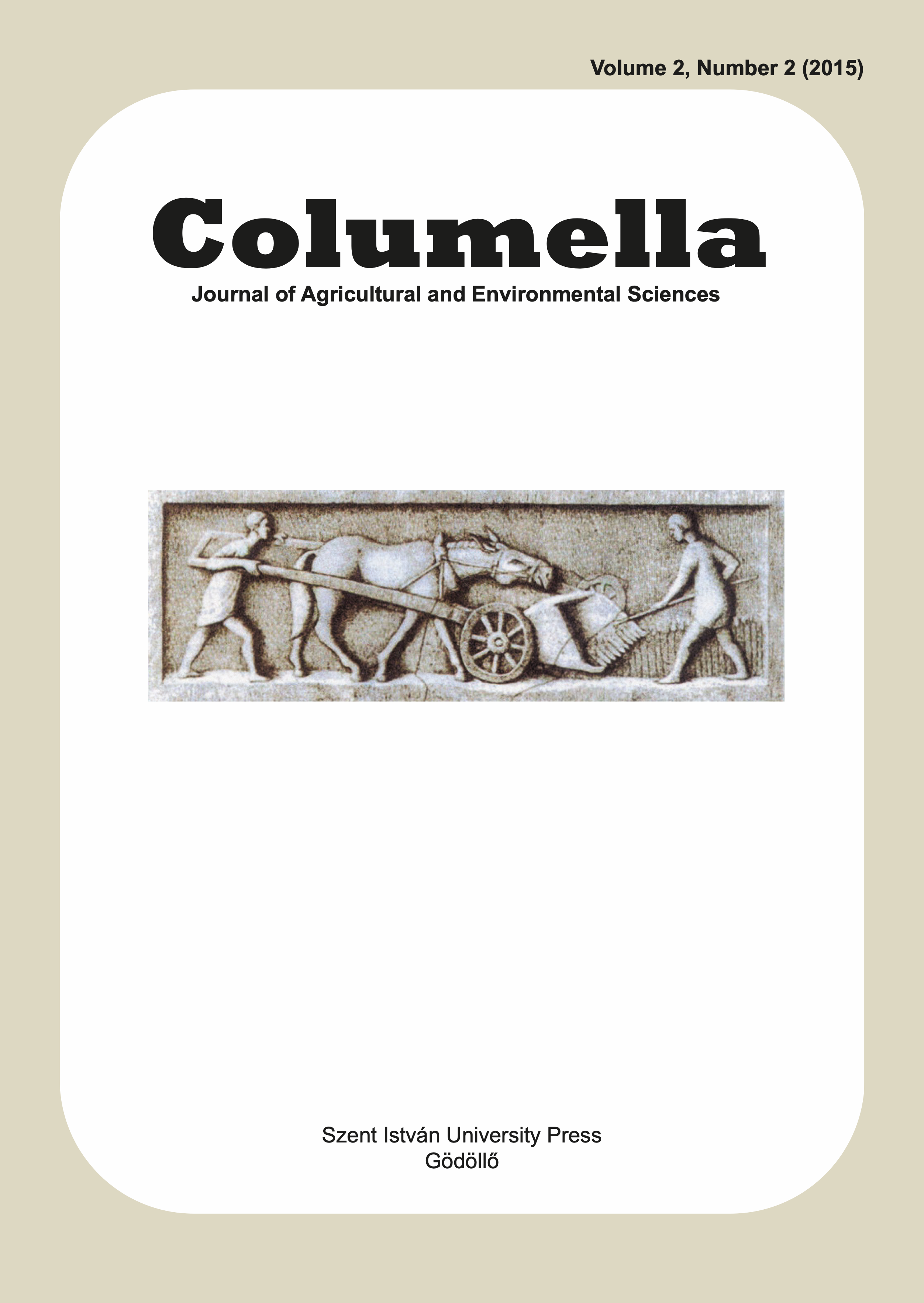Evaluation of different Vietnamese soils as potential source of arbuscular mycorrhizal fungal inoculum in Capsicum frutescens
DOI:
https://doi.org/10.18380/SZIE.COLUM.2015.2.2.49Keywords:
arbuscular mycorrhizal fungi, chili pepper, Capsicum frutescens L., Vietnam, inoculation, bi-compartmented pot cultureAbstract
Consumption of chili peppers (Capsicum frutescens L.) represents an important aspect of the daily diet for Vietnamese population because of its high content for antioxidant compounds. To increase the economic benefits related to chili peppers cultivation and reduce negative impacts of the high input agriculture on the environment, biological alternatives to chemical fertilizers are strongly demanded. Arbuscular mycorrhizal fungi (AMF) are well-known soil microorganisms of great interest for their potential application in agriculture as ‘bio- enhancers’ of plant performance. However selection of suitable AMF strains is time-costing and the outcome of field inoculation can be affected by the weak ability to compete among the native AMF population. In the present study we proposed a “bulk” approach to identify soil hosting AMF strains suitable for the development of inocula for C. frutescens. Three different soils were tested as source of AMF inoculum in bi-compartmented pot cultures. All the inoculated treatments performed significantly better, in terms of plant growth, compared with the non- inoculated control plants. Pots inoculated with soil from tropical forest showed the best growth performances. Molecular characterization of the AMF root assemblages highlighted differences in the composition among treatments, with the “tropical forest soil” treatment characterized by the highest number of AMF taxa colonizing the roots.
Downloads
Published
Issue
Section
License
Copyright (c) 2015 Au Trung Vo, Franco Magurno, Katalin Posta

This work is licensed under a Creative Commons Attribution-NonCommercial-NoDerivatives 4.0 International License.






